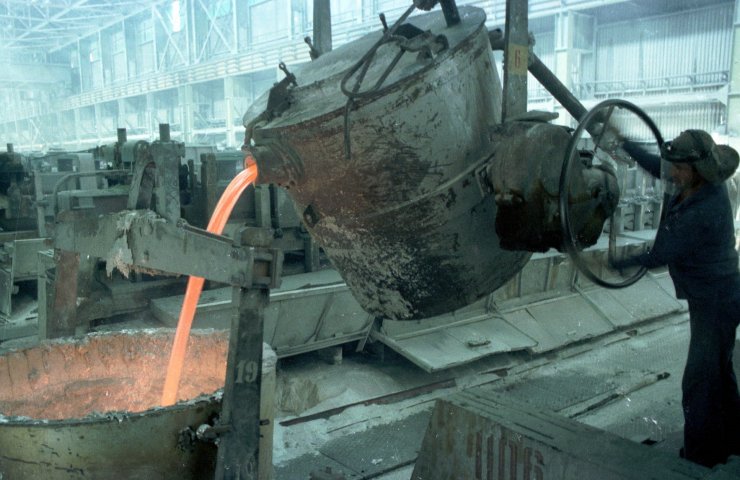It is generally accepted that the aluminum market is in short supply, but in practice it is still difficult to see.
Usually, when markets are in short supply, prices rise. However, primary aluminum, according to data from the London Metal Exchange (LME), has been in a sideways trend at best for the past year or more. Prices have gradually declined in the range of $ 1700-1900 per tonne, although recently prices have been rising from $ 1800 per tonne this month.
The problem is that the deficit between production and consumption was presented from two significant sources.
The first is the gradual leakage of metal held in over-the-counter warehouses and financial transactions by the financial community. The second is the growing flow of semi-finished goods from China, which has lowered prices and created uncomfortable competition for manufacturers in the rest of the world (at least outside the US).
China's export of semi-finished products is seen as a vent valve for excess domestic Chinese production in a market that produces half of the world's aluminum. China's roughly 5 million tonnes per year are significant to the rest of the world, but still part of China's total production.
In comparison, Western Europe consumed just over 5 million tonnes of flat products and 3 million tonnes of extrusion in 2016-2017, according to data from the European aluminum trading agency European Aluminum, highlighting the significant impact China's exports can have when floods mature markets like Europe.
This off-the-shelf supply of semi-finished metal, but a more limited supply of primary metal, is one reason shipping premiums such as the US Midwest premium have remained at over $ 400 per tonne.
The US has to import most of its primary aluminum during the manufacturing process, which entails the costs of a section 232 duty, shipping costs, and opening a fairly closed market to a speculative environment in which futures transactions exceed physical ones. The end result is the increased cost to consumers of the Midwest compared to Western Europe or Japan (the other two major markets).
But the global aluminum market is changing.
Despite a slowdown in global demand, the change may push prices up next year.
China's strict imposition of regulations on primary producers that prevent the construction of new smelters without shutting down older, less efficient and environmentally friendly facilities in China has hampered capacity growth, Reuters reports.
As reported in the article, aluminum production in China increased at double-digit rates in the first half of this decade, but growth slowed to 1.6 percent last year. In fact, production has actually declined this year, albeit marginally. However, this is the first time that primary aluminum production in China has not increased since the 2009 financial crisis.
Meanwhile, the growth in demand, although as a percentage of what it was a couple of years ago, is still positive. Thus, this growth creates the prospect that any significant further increase in demand could affect the level of exports, as the domestic market attracts this capacity for local consumption.
While producers at RAO are complaining about Chinese exports, consumers have come to rely on this growing metal flow to meet demand and keep market prices low.
Even if some of these exports are consumed by the domestic market, this could lead to a sharp increase in metal prices. This result is unlikely this year, but it remains a tangible price risk later in 2020.





